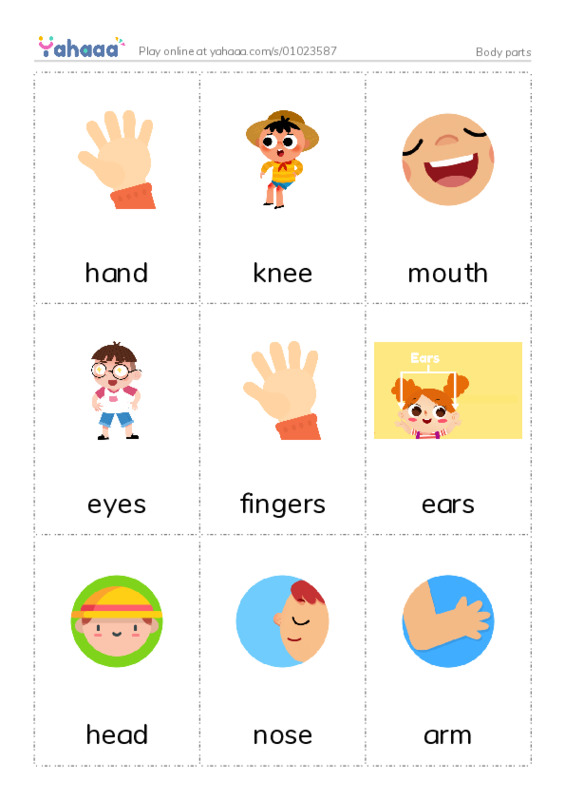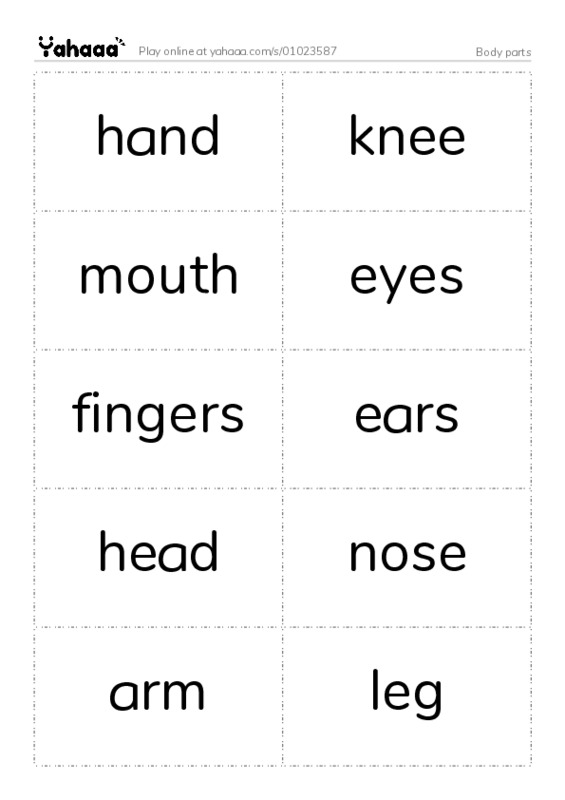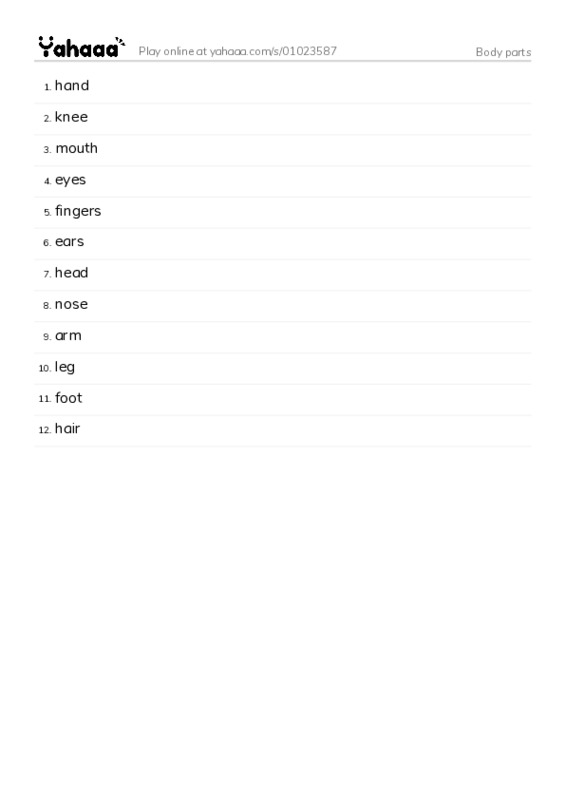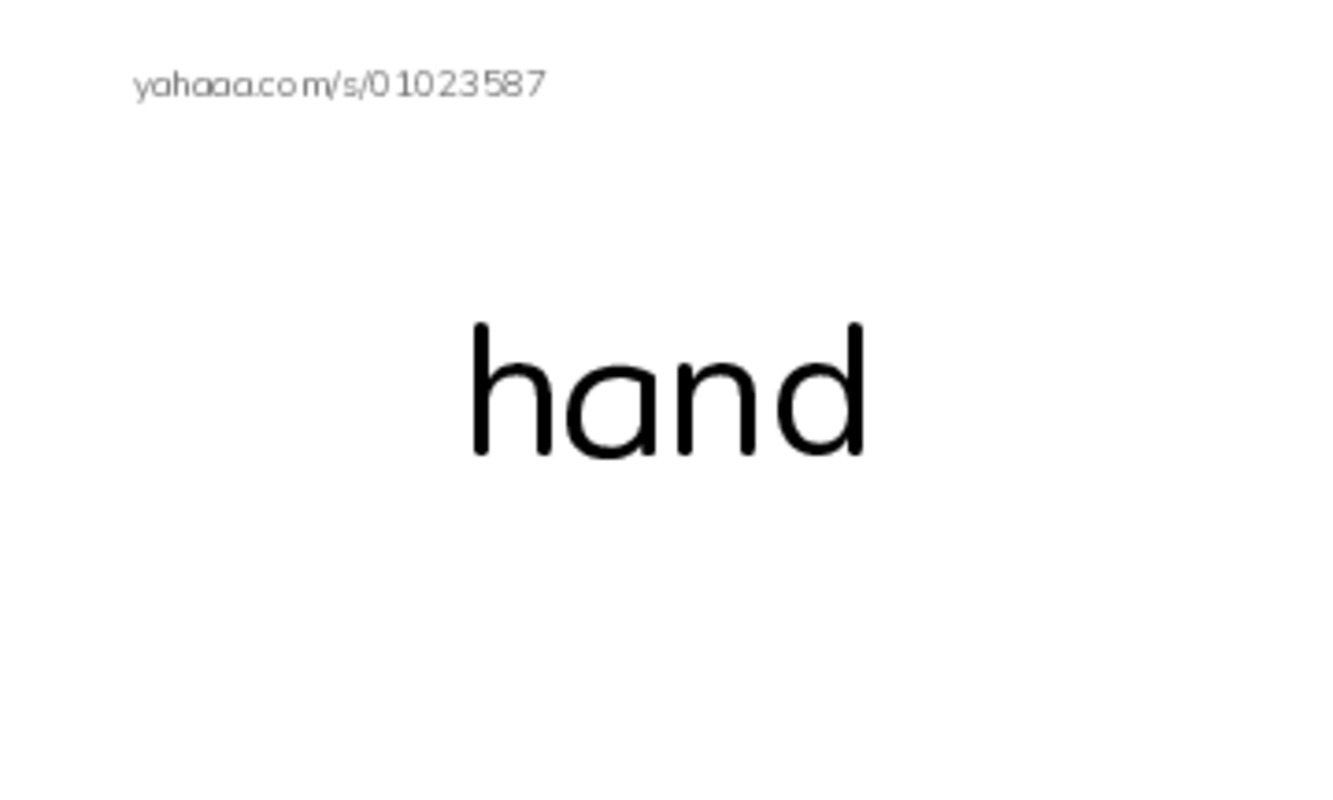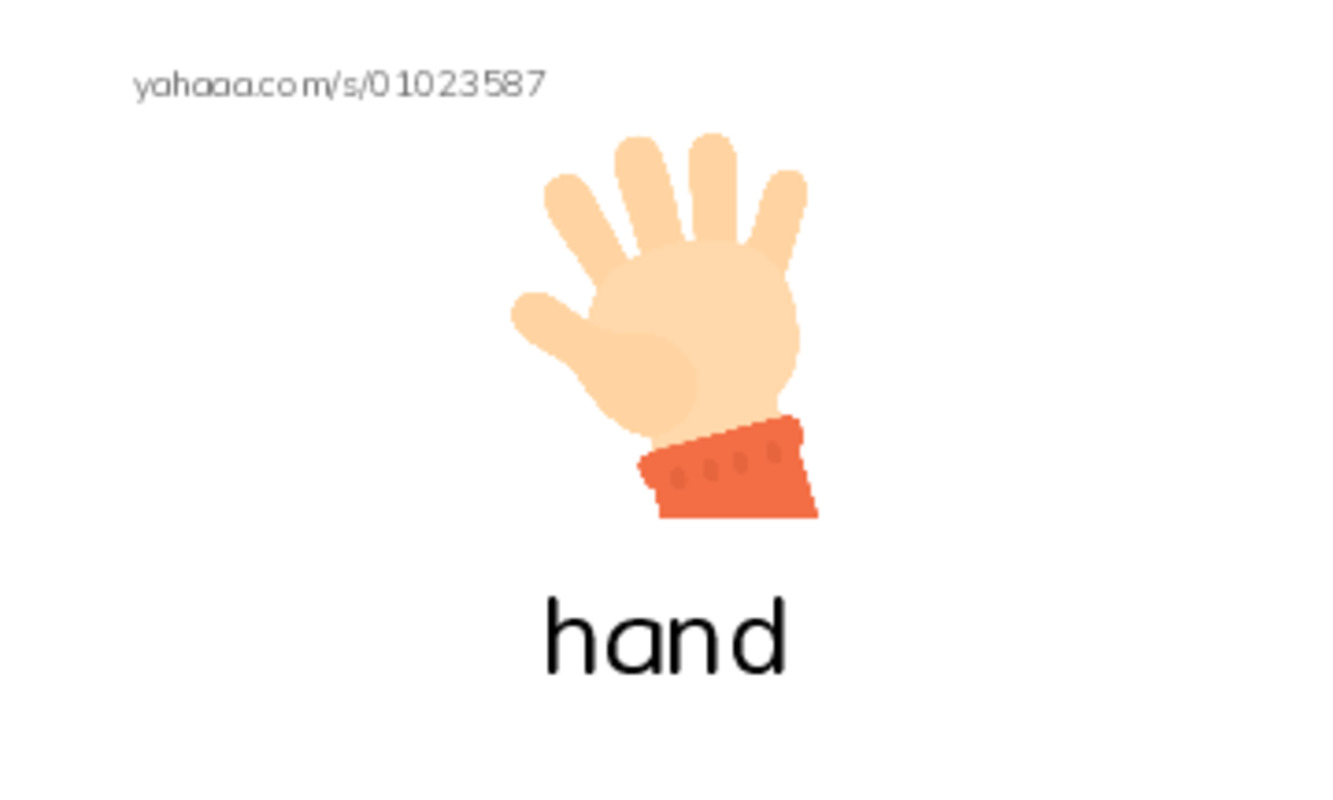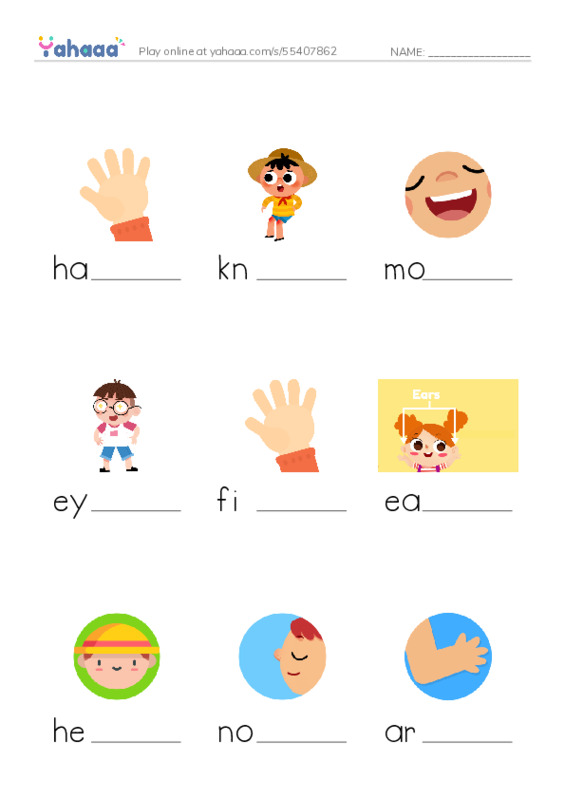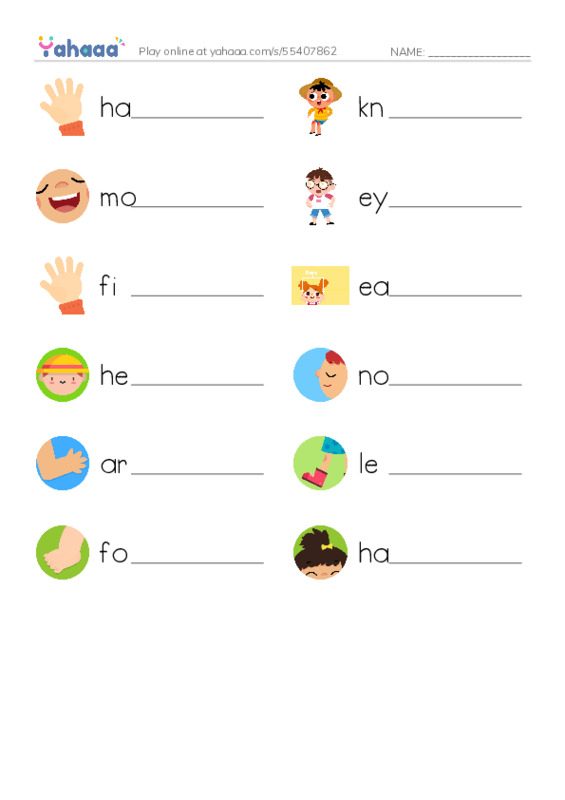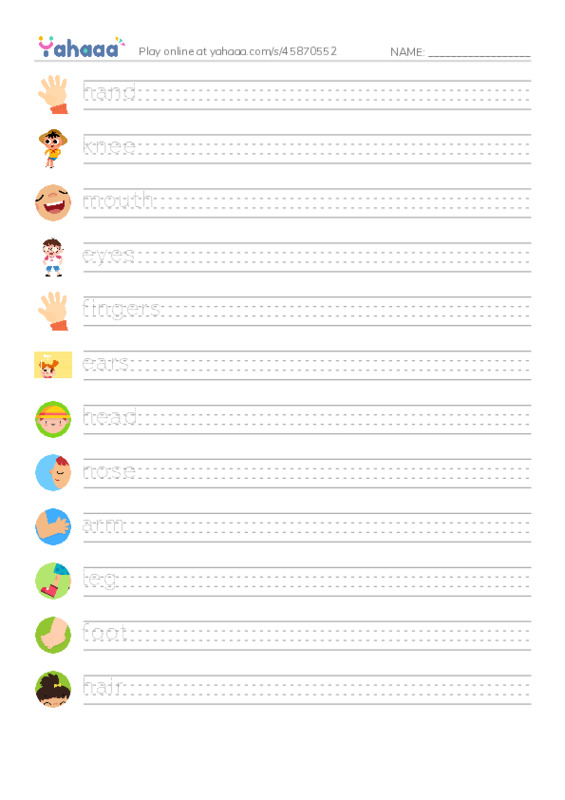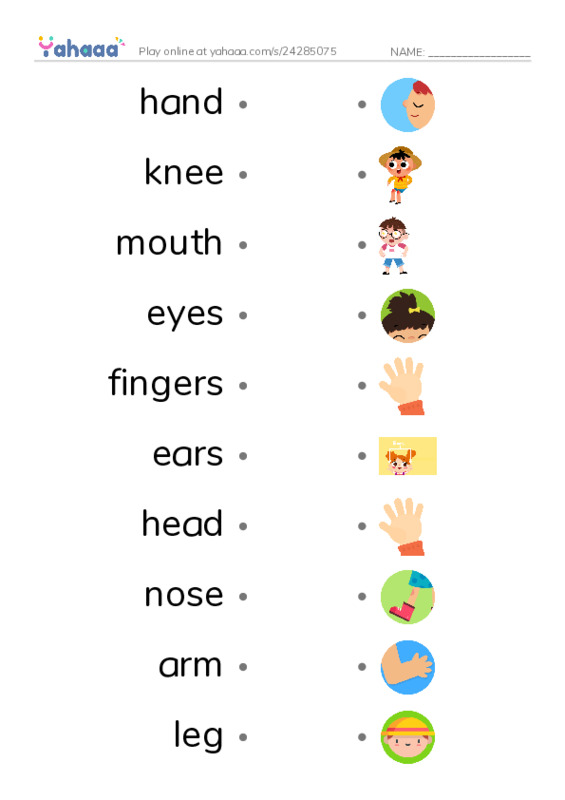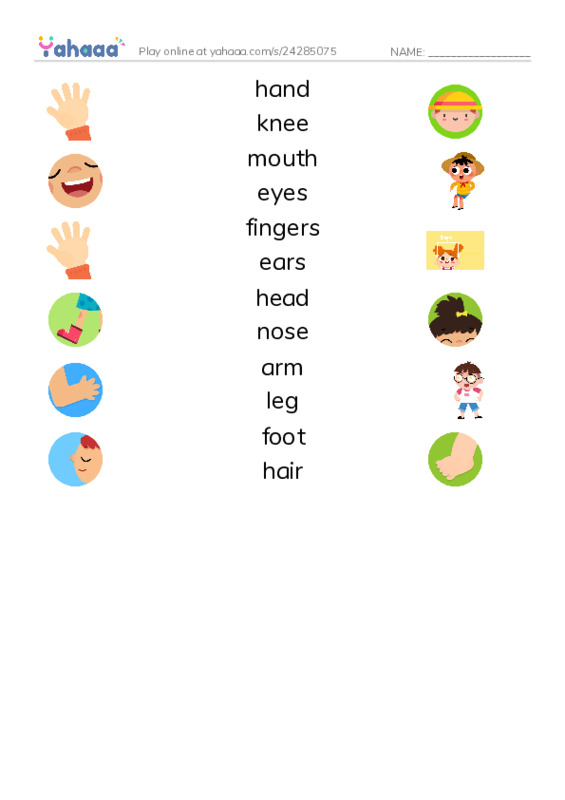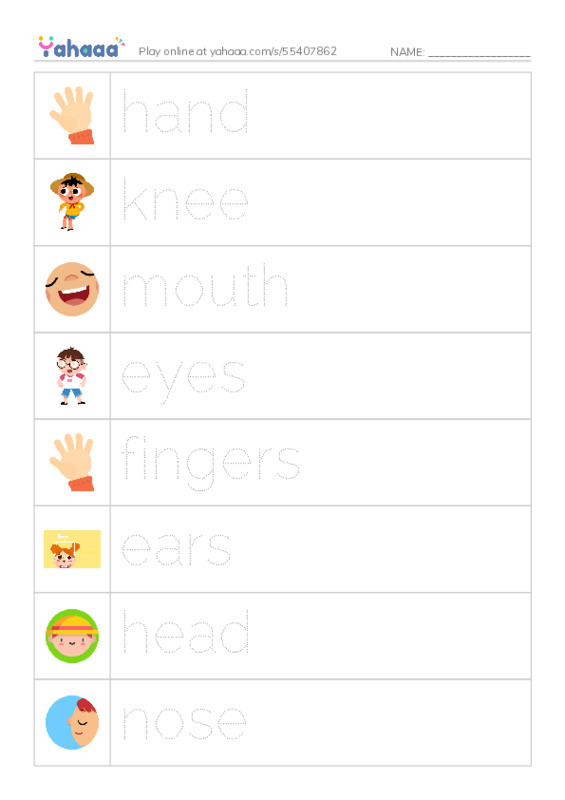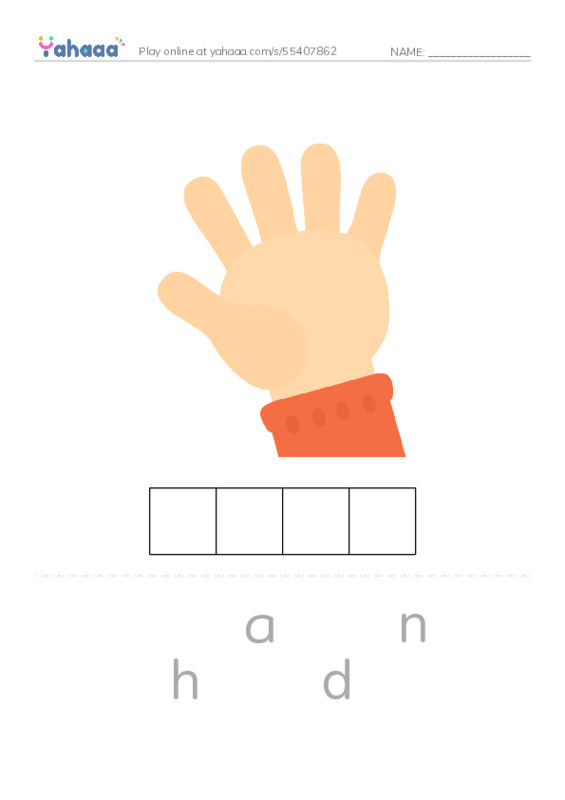The best printable flashcards for kids to learn English body parts vocabulary!
The best body part worksheet printable flashcards for kids to learn English vocabulary would be a comprehensive and engaging set of flashcards designed to help children improve their English vocabulary skills. The flashcards would be available as a PDF file, allowing them to be easily printed at home or in the classroom, and would be free to download and use.
The worksheet would feature a wide range of body parts, including the head, face, arms, legs, and torso, as well as internal organs and other important parts of the body. The flashcards would be illustrated with clear and easy-to-understand images, depicting each body part in a way that is both accurate and visually appealing.
In addition to the flashcards, the worksheet would include a variety of fun and interactive activities designed to help reinforce the vocabulary words and make learning more enjoyable. For example, the worksheet might include matching games, where kids have to match the vocabulary word to the corresponding illustration, or memory games, where they have to remember the location of different body parts on a grid.
Overall, the best body part worksheet printable flashcards for kids to learn English vocabulary would be a valuable tool for helping children improve their English language skills, offering a fun and engaging way to learn important vocabulary words related to the human body. Whether used at home or in the classroom, these flashcards would provide a fun and effective way for kids to improve their English language abilities.
For who are these body parts free and printable flashcards meant?
These body part worksheet printable flashcards would be best suited for kids who are learning English as a second language, or for children who are learning English vocabulary as part of their language arts education. The flashcards and accompanying activities are designed to be fun and engaging, making them an effective tool for helping kids improve their English language skills in a way that is both enjoyable and educational.
Why should I use body parts worksheets for kids to learn English?
The advantage of the body part worksheet printable flashcards being free and printable is that they can be easily accessed and used by anyone with a printer. This means that the flashcards can be used at home or in the classroom, without the need for any special equipment or materials. Additionally, being free and printable makes the flashcards more accessible to a wider range of users, including those who may not have the financial resources to purchase educational materials. Overall, the free and printable nature of the flashcards makes them a convenient and cost-effective tool for helping kids learn English vocabulary.
Some examples of words that might be included in the body part worksheet printable flashcards are:
- Head
- Face
- Hair
- Ear
- Eye
- Nose
- Mouth
- Tongue
- Teeth
- Neck
- Shoulder
- Arm
- Elbow
- Wrist
- Hand
- Finger
- Chest
- Stomach
- Hip
- Leg
- Knee
- Ankle
- Foot
- Toe
- Heart
- Lungs
- Liver
- Kidneys
- Intestines
- Brain
- Spine
These are just a few examples of the many body parts that might be included in the flashcards. The worksheet could also include additional vocabulary words related to the body and its functions, such as "breathe," "eat," "drink," and "sleep." Additionally, the flashcards could include words related to health and wellness, such as "doctor," "nurse," "medicine," and "hospital." Overall, the worksheet would aim to provide a comprehensive and engaging vocabulary lesson on the human body and its various parts and functions.
Who are these printable flashcards for?
It is important for young children to learn about the different parts of the human body and their functions, as this knowledge forms the foundation for understanding more complex concepts in health, biology, and medicine. Learning about the body can also help children develop a better understanding of their own bodies and how they work, which can promote healthy habits and self-care.
The specific age at which a child should begin learning about the body will vary depending on their individual development and learning abilities. However, most children are ready to start learning about the body and its parts around the age of 4 or 5. At this age, children are typically beginning to develop more complex language skills and are able to understand and remember new vocabulary words.
Overall, it is important for young children to learn about the body and its parts as part of their overall language and science education. This knowledge will provide a foundation for understanding more complex concepts and will help promote healthy habits and self-awareness.
